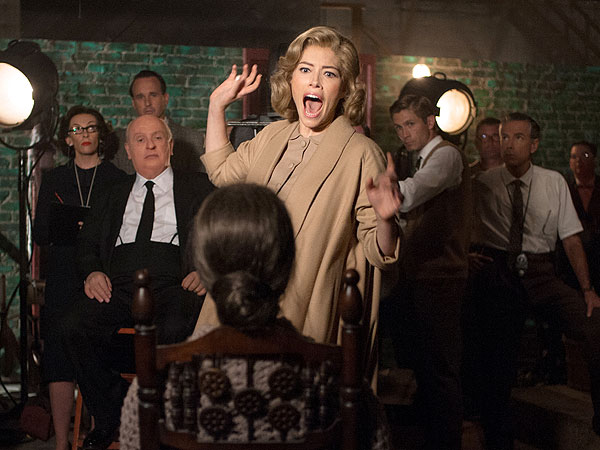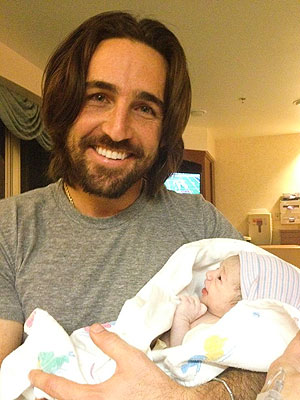Third-grade teacher Kelly Vallianos wanted to find an engaging way for her students to learn about measuring perimeters. One idea — to have students design a restaurant floor plan — was too difficult, she feared.
But with the help of colleagues, she found a way to tailor that fifth-grade idea to her younger students at Dominguez Elementary School, who excitedly sketched out an imaginary pizzeria.
Vallianos credits the Los Angeles Unified School District's new teacher evaluation system for sparking deeper and more collaborative conversations with administrators, who she said gave her ideas to make the lesson work.
The district's new performance reviews have come under fire by United Teachers Los Angeles, which opposes the controversial element of using student test scores as one factor in measuring teacher effectiveness.
But largely lost in the debate is the fact that the system's centerpiece is a new classroom observation process that, despite some drawbacks, is being praised by many as a better way to help teachers improve.
"It's a more reflective, much more well-rounded process," said Vallianos, who has been teaching for 19 years.
Teachers are ranked on a scale on instruction, lesson plans, classroom environment and dozens of other criteria. A highly effective teacher, for instance, will be able to intellectually engage all students and prompt them to lead their own discussion topics. An ineffective teacher will generate all questions and most answers, involving just a handful of students.
During observations, administrators type notes into their laptops and later rate each of 61 skills. Principals and other administrators conducting the observations must pass a test to ensure they are fairly and accurately scoring instructors. Conferences with teachers before and after the classroom visits are required.
The method is meant to make observations more useful, uniform and objective, using evidence rather than opinions. But it's an elaborate process and has provoked widespread criticism that it takes too long for principals who are already overwhelmed with increasing workloads. And those who can't type well take even longer, administrators say.
"The technology is creating great difficulty and frustration," said Judith Perez, president of the Associated Administrators of Los Angeles. "It feels like an immense amount of pressure on people without alleviating their workload."
Teachers union President Warren Fletcher agrees that a better system is needed; UTLA has designed its own. He said "the jury is still out" on the district's observation process but added that it shares some common elements with the union's proposal.
The new system also includes evidence of student achievement — which could be in the form of test scores — feedback from students and parents, and the teacher's contributions to the school community.
The new observations were tested last year on a voluntary basis with about 450 teachers and 320 administrators; this year, every principal and one volunteer teacher at each of the district's 1,200 schools are expected to be trained.
Officials have not yet announced when the system will be used for every teacher — or when the ratings will begin to count for decisions on layoffs, tenure or pay. But in a video shown at the training sessions, L.A. Supt. John Deasy made the stakes clear.
"We have perhaps no greater responsibility than assuring that every student in this district is taught by an effective teacher in a school led by an effective leader," he said.
Many educators agree that the current evaluation system — known as Stull for the state law that created it — doesn't promote that goal of top-notch teachers for every student. Criticized as a perfunctory checklist of expectations that doesn't help teachers improve, the system awarded 99.3% of L.A. Unified teachers the highest rating in 2009-10 — even though only 45% of district students that year performed at grade level for reading and 56% were proficient in math.
The new system has given teachers like Lisa Thorne a boost. Thorne, a math teacher at Hamilton High School, said the new process is "unwieldy" but far more helpful in homing in on her strengths and weaknesses.
After the self-evaluation part of the process, Thorne chose to focus on improving her work with small groups of students, prompting her to try such techniques as using a three-dimensional pegboard to teach geometry. And she started a new computer-based class to help struggling ninth-graders master algebra. Administrators had seen her use the techniques with older students during a class visit and were impressed enough to give her the green light, she said.
"I would definitely say the new system is an improvement, because it's more specific about what they're looking for," Thorne said. "It helps to get the conversation going with administrators."
Eduardo Solorzano, principal of San Fernando Middle School, agrees. In particular, he said, the focus on careful note-taking has given him specific examples to use in helping teachers improve.











